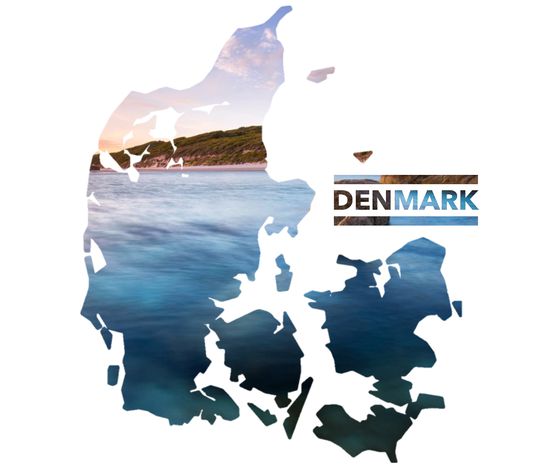
Social innovation in Denmark
Published on
1. 100% renewable energy by 2050! 2. Copenhagen, the green beautiful 3. Kalundborg – Symbiosis 4. Samsø, a wind of change 5. The economics of happiness
It is widely agreed that European Northern countries, Denmark leading, are models of redistribution of wealth and social cohesion (large and inclusive welfare system, highly democratic institutions, very well developed civil services…). Here, traditionally, social innovation is more about accompagnying and improving initiatives carried out by civil service than answering to non attended needs.
That said, since a few years, we are assisting to a rise in innovative solutions which answer to global issues exceeding Danish interests and borders. The country has 7300 km of sea coasts (almost double France’s), counts a big variety of heterogeneous organisations in the social innovation sector. Therefore, the aim of this article is to show different approaches and visions of actors of the future.
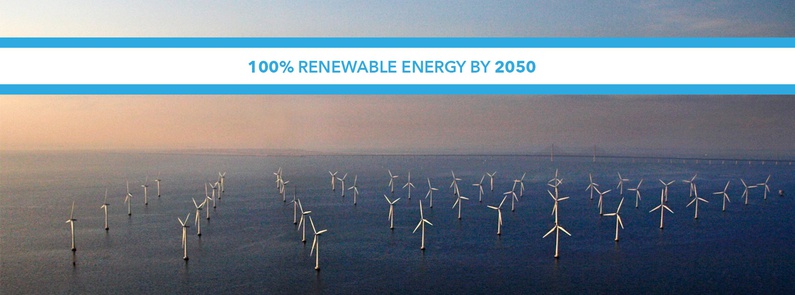
During the past twenty years, Denmark choose to make the transition towards a green economic growth. For instance, it has the ambitious goal of not using any more fossil energies by 2050. At the moment, 80% of the energy consumed in Denmark comes from fossil fuels such as petroleum, coal and gaz.
State of Green is a not-for-profit public/private partnership between the Danish government and the four main trading organisations (the Confederation of Danish Industry, DI, the Danish Energy Association, the Danish Agriculture and Food Council, and the Danish Wind Industry Association). State of Green is charged with promoting and selling environmentally friendly solutions, Danish skills and the new green Danish brand. “State of Green – Join the Future. Think Denmark”. It brings together all the main actors in the sectors of energy, climate, water, environment and it has close relations with the international actors interested in the Danish experience.
Find all the Danish initiatives here.
“Building the world of tomorrow”. This is the motto of this think tank and consultancy based in Copenhagen. They identify readily available sustainability solutions across the world and demonstrate their potential impacts and benefits in our work with cities, companies, and communities.
By focusing on innovative breakthroughs, inspiring alternatives and new opportunities, Sustainia is shaping a new narrative of optimism and hope for a sustainable future that seeks to motivate instead of scaring people with gloom and doomsday scenarios.
Find all their solutions here.
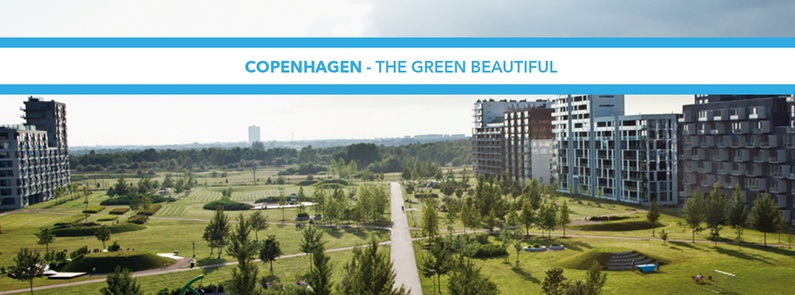
Apart from an industrial dynamism in the service sector and pharmaceuticals, Copenhagen’s economy stands out with strong political commitments towards environment and the living standards of its citizens.
Carbon Neutral by 2025
Copenhagen intends to be carbon-neutral by 2025. In terms of Energy Performance, an estimated 75% of the CO2 reductions will come from initiatives in relation to the city’s energy system mainly involving an increase in the share of renewable energy in the City’s district heating. In 2014, Copenhagen reduced its CO2 emissions by 31%. (Copenhagen’s CO2 reduction is particularly impressive when you take into account that the city’s population has grown by 14% since 2005.)
Three main factors account for these excellent results
• The constant rise in the production of green electricity
• The decrease in energy consumption
• Production methods respectful of the environment and of the principle of sustainable development
The raise of CleanTech
“We are in the midst of a radical transformation in how we feed ourselves, how we travel, and how we power our lives. There is a huge economic transfer underway, from century-old, inflexible incumbents, to new upstarts led by entrepreneurs who don’t care what label you apply to them. So why should anyone else bother with what label we all use either, as the boundaries between cleantech and tech continue to break down?” asked Rob Day from CleanTechVC.
These are exciting times, as the marriage between IT and physical innovations and new business models are poised to disrupt some of the biggest and most outdated industries in the world.
Copenhagen Cleantech Cluster started in 2009 as a partner based project launched by Danish cleantech companies, research institutions and public organizations.
With a total funding of 19 million € from The Capital Region of Denmark, Region Zealand and the European Union Structural and Cohesion Funds, CCC was designed to be one of the most powerful clusters in Europe. The original CCC-project financing ended in December 2014. CCC registered as an association in 2010 in order to sustain and build upon the activities of the project. The CCC-association further consolidated by merging with Lean Energy Cluster in May 2014 under the new joint name CLEAN. Membership of CLEAN is open to all companies, public organizations and research institutions involved in aspects of cleantech.
Christiania – Liberty city
Christiania is a self-administered community welcoming artists, hippies and alternative movements in the center of Copenhagen.
It is one of the rare historical libertarian experiences still existing in Northern Europe. It was founded in 1971 by a small group of squatters, unemployed and hippies. There were about fifty people at the very start of the project but the severe housing crisis attracted hundreds more within a few years.
Today, there is more than a thousand inhabitants in Christiania. About fifty children were born there and the average age is now quite high proving the persistance of a core group long term inhabitants. More than fifty groups have different activities which enables the city to be autonomous. Christiania has an economy and its own currency, a large agricultural land, a bicycle workshop, a wood-burner restauration workshop and an old cars workshop, a bakery, a sauna, a well-known printer, gardens and a binman and recyclers unit.
Starting from scratch, the inhabitants were able to develop an alternative and autonomous original system that has been existing for more than 40 years. Certainly not private, partly public, not totally community-based, the town questions the urban space. Without real public charateristics but brightened up by a community dimension, this place appears like a paradoxal commun space.
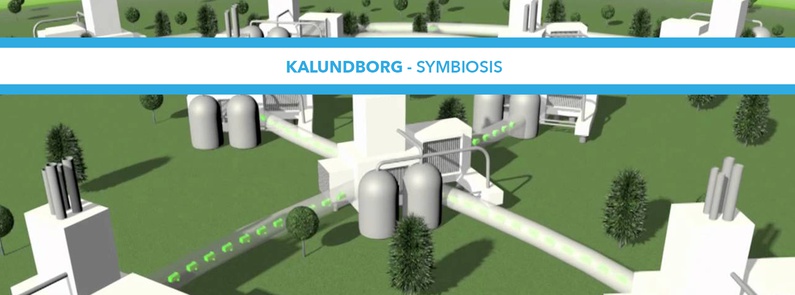
Less waste = less CO2 emissions
Recycling waste is one of the means by which saving our society for burdensome CO2 emissions is possible.
The Kalundborg Symbiosis is an industrial ecosystem, where the by-product residual product of one enterprise is used as a resource by another enterprise, in a closed cycle. An industrial symbiosis is a local collaboration where public and private enterprises buy and sell residual products, resulting in mutual economic and environmental benefits.
Systems make it possible, people make it happen.
In the development of the Kalundborg Symbiosis, the most important element has been healthy communication and good cooperation between the participants. The symbiosis has been founded on human relationships, and fruitful collaboration between the employees that have made the development of the symbiosis-system possible. On the right, you can read about some of the most important lessons in creating and maintaining successful symbiosis that we have learned over the last four decades.
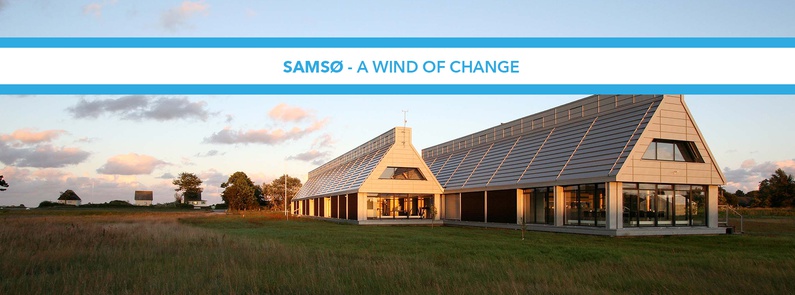
This story was first published on Climate Heroes by Max Riché.
Samsø is a small island off the coast of Denmark and home to about 4,000 Danish citizens who are proudly living on 100% renewable energy. When the government launched a competition in 1997 to develop an experimental, model renewable community, Søren, Brian and Erik initiated the Sustainable Island project. With the help of self-organized cooperatives, private local investments, and some very resourceful and ingenious citizens making small changes in their own livelihoods, the island became self-sufficient on renewables. The Samsingers now have their sights set on the next challenge: to be completely free of fossil fuels.
What’s more, they’ve cut their carbon footprint by a staggering 140% since 1997, exporting excess energy generated by its renewable power plants to mainland Denmark (a figure in the order of millions of kilowatt hours every year). Samsinger, as the island’s inhabitants are called, Brian Kjaer, an electrician explains: “In our everyday life, we think a bit more about how and when we use the power. And we don’t complain when there is wind because then we have free heat or free transportation.”
The story of Samsø’s renewable energy ambitions starts in 1997. A countrywide political interest in renewables coupled to an oil supply crisis prompted the Danish Ministry of Environment and Energy to initiate a renewable energy contest where communities had to present a convincing plan for converting their entire energy systems to renewables within ten years. The ministry’s aim was to study how high a percentage of renewable energy a well-defined area could achieve with no major grant funding. An enterprising consultant and engineer, Ole Johnsson from Aarhus, Denmark’s second-largest city, thought Samsø would make a good candidate, convinced the island’s mayor and submitted a plan. To the island residents’ surprise, Samsø won. “He thought he would go to Copenhagen with a wheelbarrow and come back with money like a Viking,” Søren Hermansen, Director of the Energy Academy, recounts.
Although the Danish government did invest nearly $90 million over the next decade, it came with some requirements: energy self-sufficiency employing readily available technology produced in Denmark, plus the need for local matching funds. “From then on, we knew it was a very uphill project,” says Hermansen, who became the project’s first employee. It was Hermansen’s job to lead the change, which he did via public discussions fueled by free coffee, apple juice and, perhaps most importantly, free beer. Samsø is geographically surrounded by coal-fired power plants in three compass directions (East, West and South) producing cheap electricity, so switching to 100% renewable energy did not seem like an obvious choice for Samsingers who are mostly farmers. Consequently, a mere 50 people showed up for the first meeting. It was only after the closure of a slaughterhouse which put 100 Samsingers out of work, paired with the promise of an economic opportunity (and thus, renewable projects on the island have resulted in an average of 30 new jobs annually for the past 10 years) which finally convinced enough residents to sign the contracts and get the project underway.
Today, the island is home to 21 wind turbines that either tower over the island or rise from the offshore waters of the Kattegat Strait, which connects the Baltic and North seas. The land-based turbines are 50 meters tall with blades that stretch some 27 meters from end to end. The offshore turbines are even larger – 63 meters high with 40-meter blades. A single such turbine can generate roughly eight million kilowatt-hours of electricity a year at a cost of $3 million per turbine (the onshore turbines are cheaper, at just over $1 million).
Drawing on a Danish co-operative tradition, approximately one in ten Samsingers is an energy producer, meaning they own a share in at least one of the wind turbines. One of them is the farmer Jørgen Tranberg, who introduces himself as such: “I’m Jørgen Tranberg, I have lived here for 28 years, I have 3 children, I own 150 milking cows, one wind turbine at the back of my farm and half a turbine out in the sea.”
By owning the turbines themselves, Samsø’s residents never felt like the technology was imposed on them, Hermansen explains. Instead they believe that they made both individually and collectively a smart business choice. A wind turbine shareholder usually realizes his initial investment within approximately eight years. After that, he or she will start earning an annual profit based on the wind turbine’s output and the price of electricity.
In addition to the individual shareholder benefits, the green development has brought new jobs, new businesses, and increased levels of tourism for renewable energy enthusiasts to the island. The island’s website, Visit Samsø, includes a prominent section on Samsø as a renewable energy island. The Samsø Energy Academy, which Hermansen leads, opened in 2007, is a source of renewable energy research, education, and training. The academy arranges exhibitions and workshops that attract more than 6,000 politicians, journalists, and students from around the world every year.
Hermansen reminisces on the island’s development: “From being 100% dependent on imported oil, we are now 100% self-supplied. This is a whole different attitude, and still we don’t really feel the changes. I still have a good life with a warm house in the winter and light in the light bulbs. People feel pretty good about it. It is a very great inspiration for me that we have had this successful development and learned everything bit by bit.”
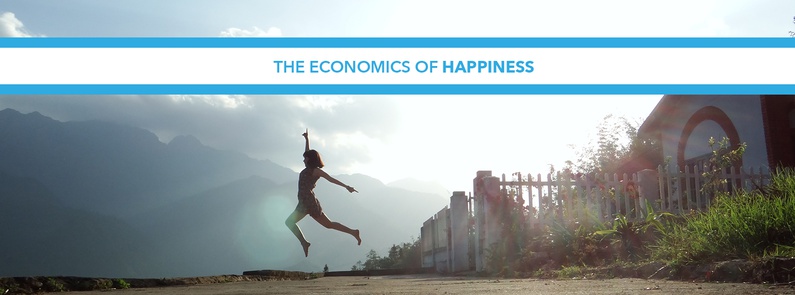 The Happiness Research Institute is an independent think tank focusing on life satisfaction, happiness and quality of life. Their mission is to inform decision makers of the causes and effects of human happiness, make subjective well-being part of the public policy debate, and improve the quality of life for citizens across the world. Denmark often ranks as the happiest country in the world. This report by the Happiness Research Institute explains the reasons behind the high level of happiness among the Danes. Malene Rydahl – Happy as a Dane Danish born and French by adoption, Malene Rydahl is a speaker and the author of the book ‘Heureux comme un Danois’ (Happy as a Dane). The book, published in 2014, aims to analyse the ten keys to happiness as Danish see it. The author reviews equality between social classes, gender equality, the great trust in the public institutions (very few political scandals, hardly no corruption), a school system that cultivates personal development before the race to success, equality of opportunities and lots of free time with a 33 hours working week*.” Find the book here. MindLab is a cross-governmental innovation unit which involves citizens and businesses in creating new solutions for society. It is also a physical space – a neutral zone for inspiring creativity, innovation and collaboration. In Denmark, Mindlab sees tomorrow’s State as a “friendly government”. Created in 2002, this internal to the State agency which is the driving force for innovation, works with three ministries, the ones of employment, economy and taxes with a founding principle “innovation centered around the user”. Mindlab designed its own methodology. “We relied on American innovation methods in regard to the processes while adapting them to the issues of the public sector since our aim is not to make money” explains Christian Bason, Mindlab’s Innovation Manager. Integrating users (companies and individuals) in those processes, following a rigorous methodology, relying on a qualitative approach and mobilising social siences’ skills; these are some of Mindlab’s strenghts. Its team of around ten people is composed of ethnologists, designers and political science experts.
The Happiness Research Institute is an independent think tank focusing on life satisfaction, happiness and quality of life. Their mission is to inform decision makers of the causes and effects of human happiness, make subjective well-being part of the public policy debate, and improve the quality of life for citizens across the world. Denmark often ranks as the happiest country in the world. This report by the Happiness Research Institute explains the reasons behind the high level of happiness among the Danes. Malene Rydahl – Happy as a Dane Danish born and French by adoption, Malene Rydahl is a speaker and the author of the book ‘Heureux comme un Danois’ (Happy as a Dane). The book, published in 2014, aims to analyse the ten keys to happiness as Danish see it. The author reviews equality between social classes, gender equality, the great trust in the public institutions (very few political scandals, hardly no corruption), a school system that cultivates personal development before the race to success, equality of opportunities and lots of free time with a 33 hours working week*.” Find the book here. MindLab is a cross-governmental innovation unit which involves citizens and businesses in creating new solutions for society. It is also a physical space – a neutral zone for inspiring creativity, innovation and collaboration. In Denmark, Mindlab sees tomorrow’s State as a “friendly government”. Created in 2002, this internal to the State agency which is the driving force for innovation, works with three ministries, the ones of employment, economy and taxes with a founding principle “innovation centered around the user”. Mindlab designed its own methodology. “We relied on American innovation methods in regard to the processes while adapting them to the issues of the public sector since our aim is not to make money” explains Christian Bason, Mindlab’s Innovation Manager. Integrating users (companies and individuals) in those processes, following a rigorous methodology, relying on a qualitative approach and mobilising social siences’ skills; these are some of Mindlab’s strenghts. Its team of around ten people is composed of ethnologists, designers and political science experts.



